As future warfare increasingly relies on artificial intelligence (AI), Ukraine holds a valuable resource of millions of hours of drone video that can be used to train AI models to make decisions on the battlefield.
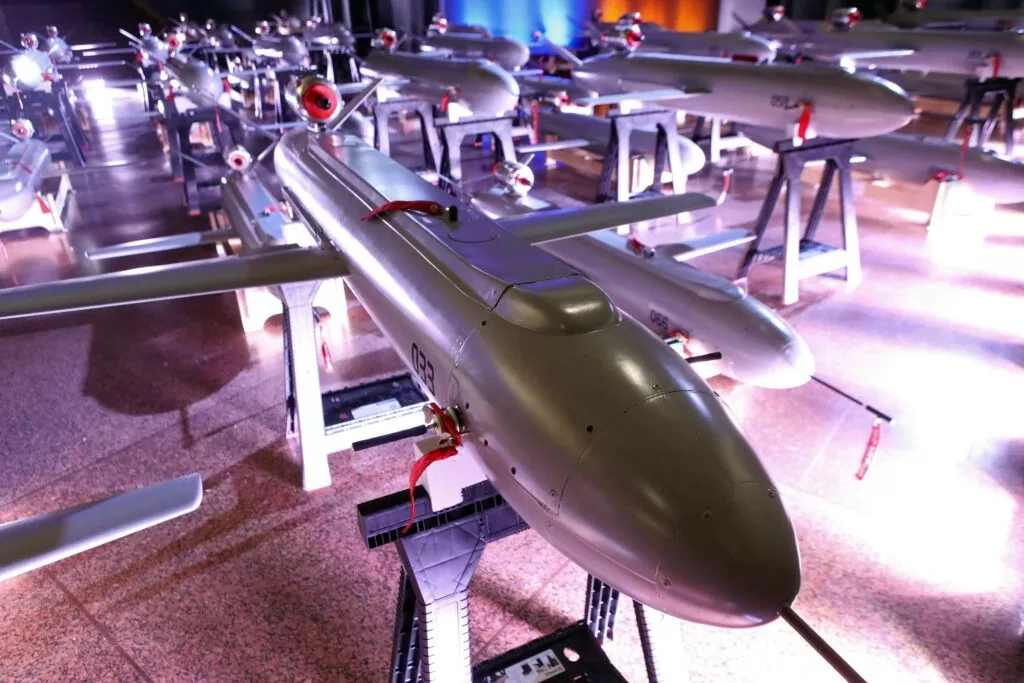 |
| Peklo unmanned missile manufactured in Ukraine. (Source: Reuters) |
According to Oleksandr Dmitriev, founder of OCHI - a non-profit digital system of Ukraine, the organization has collected 2 million hours of battlefield video (equivalent to 228 years) from more than 15,000 drone control teams since 2022. This is the essential "food" source for AI to learn and develop.
“If you feed an AI 2 million hours of video, it becomes something super,” Dmitriev stressed.
According to the founder of OCHI, this data repository can be used to train AI on combat tactics, target detection and evaluate the effectiveness of weapons systems.
The OCHI system was originally created in 2022 to give military commanders a comprehensive view of the battlefield by displaying video from all nearby drone fleets on a single screen. Currently, the system adds an average of 5-6 Terabytes of new data from on-the-ground conflicts every day.
Such a massive data repository would be invaluable in teaching AI systems to accurately identify what they are seeing and what steps to take next, said Samuel Bendett, a senior fellow at the Center for a New American Security.
However, while this dataset is valuable in training AI to fight Russia, US officials and drone manufacturers prioritize AI training datasets for operations in the Pacific , to deal with a potential adversary, China, according to Kateryna Bondar, a research fellow at the Center for Strategic and International Studies.
In addition to OCHI, Ukraine also has the Avengers system developed by the country's Ministry of Defense. Although the Ministry declined to provide details, it has previously said that Avengers is capable of detecting 12,000 Russian military devices per week thanks to AI recognition tools.
Today, thousands of drones use AI systems to automatically fly toward targets without human control.
Ukrainian companies are also developing drone swarm technology, which would allow computer systems to control dozens of connected drones.
Russia has also demonstrated its use of AI on the battlefield, notably in the targeting of its Lancet attack drones, which have proven their lethality against Ukrainian armored vehicles.
The Russia-Ukraine conflict has given new warfare technologies an unexpected experience, where UAVs, new navigation systems, and optical devices combined with AI have created surprising results.
International military commentators say that the Russia-Ukraine conflict is said to revolve around drones and a variety of other unmanned platforms remotely controlled by a variety of electronic devices. In other words, UAVs have been upgraded and become weapons that “dominate the battlefield”. Both Russia and Ukraine see the importance not only of surveillance UAVs but also of long-range UAVs, which can be used to attack valuable targets located hundreds of kilometers behind enemy lines.
Despite the amazing effects of UAVs, according to Western media, the most prominent and notable images are still soldiers crawling through mud and cities reduced to rubble by artillery; important national infrastructure systems such as power grids, transportation systems are destroyed, communications are paralyzed...
And the question is, why, with all these mass-produced drones coming off the assembly line, is the West still racing to supply Ukraine with artillery shells, while Russia's industries are at war with a production capacity not seen since World War II?
According to battlefield commentators, there is only one explanation: every new weapon will soon find a "control protocol".
Source: https://baoquocte.vn/ukraine-noi-dang-nam-giu-mot-nguon-tai-nguyen-vo-cung-quy-gia-ma-my-chac-se-can-298155.html


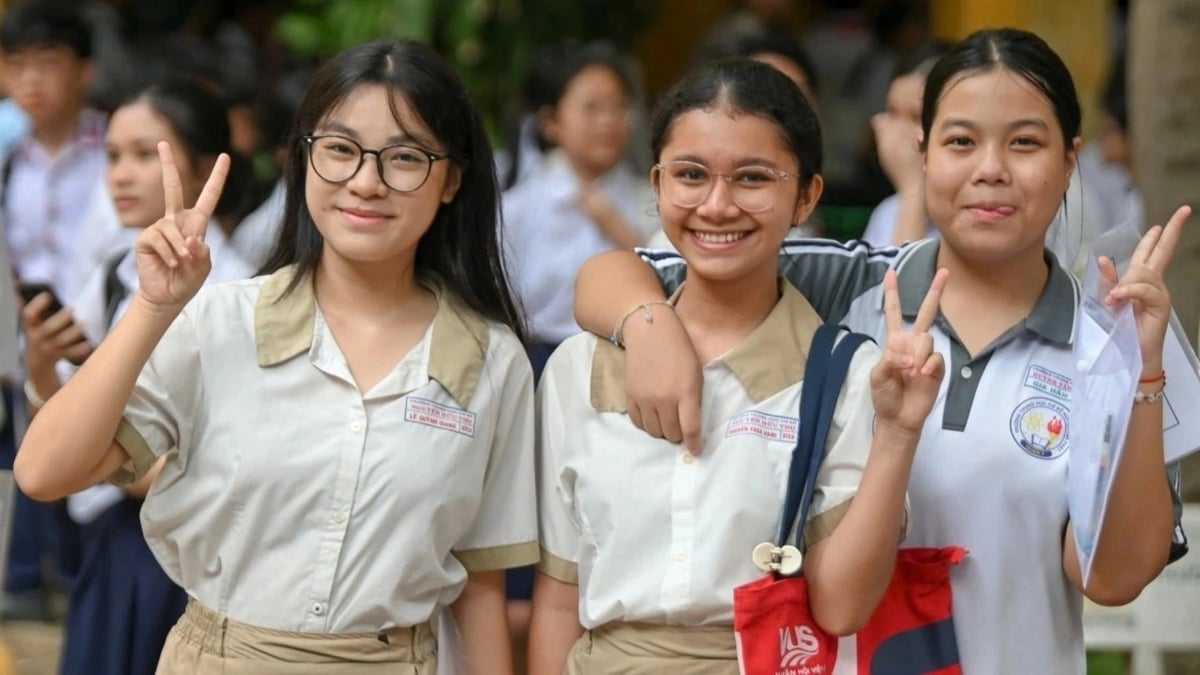
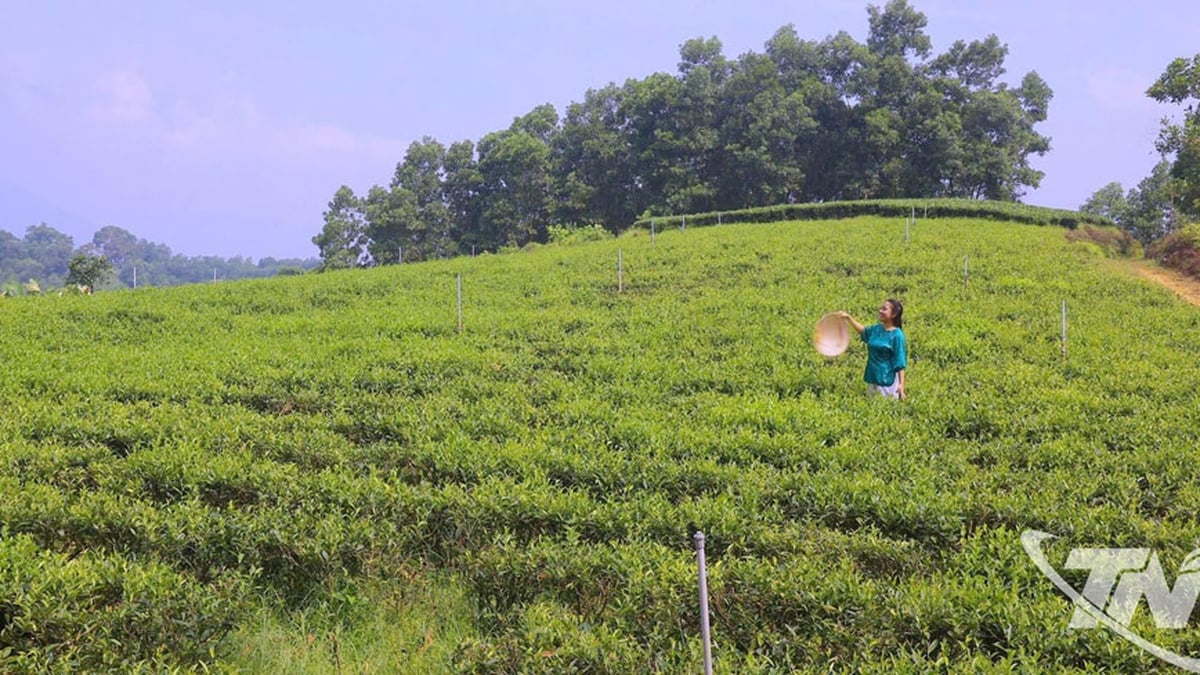
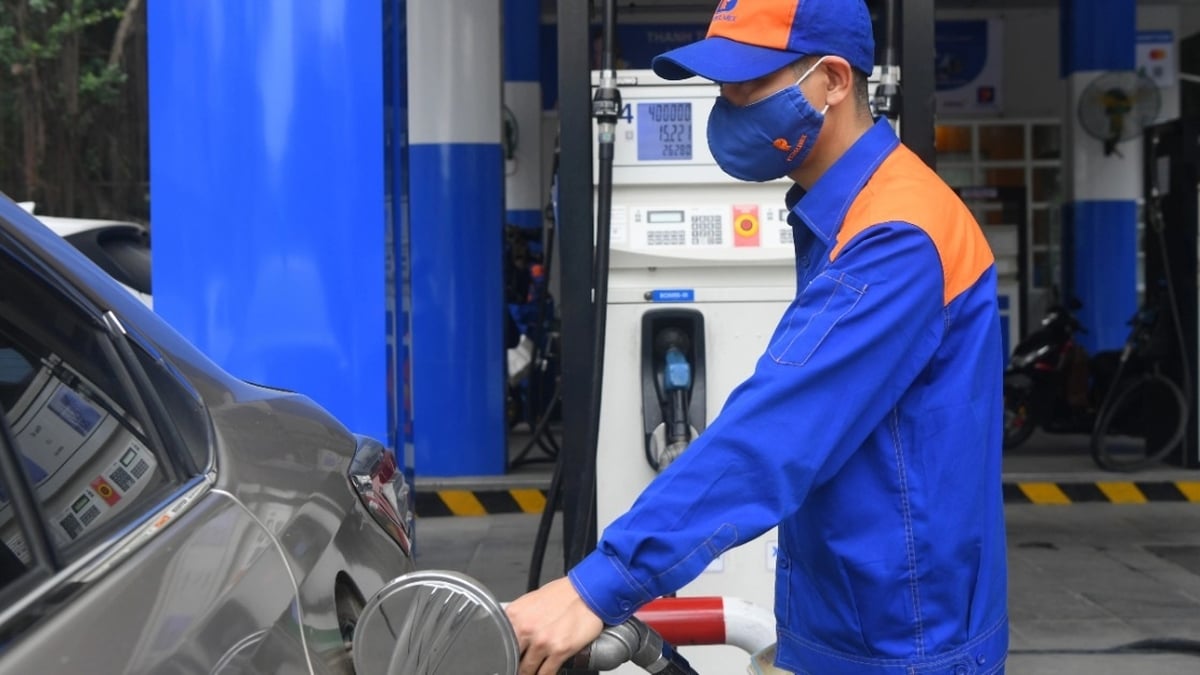
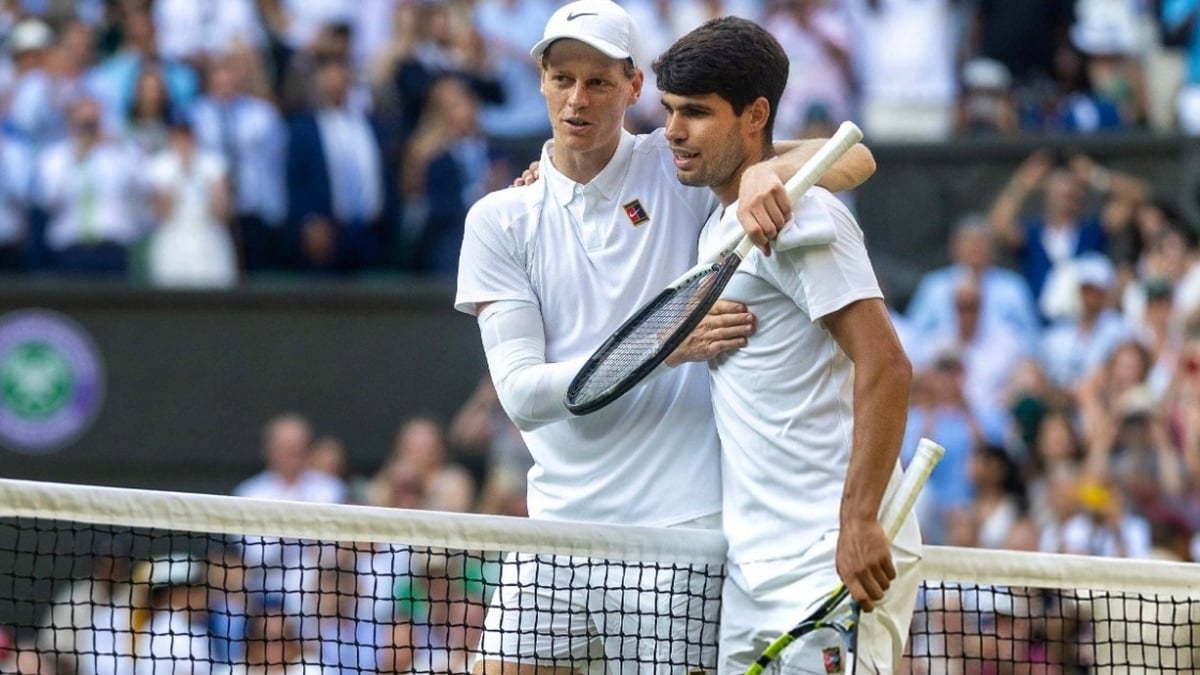


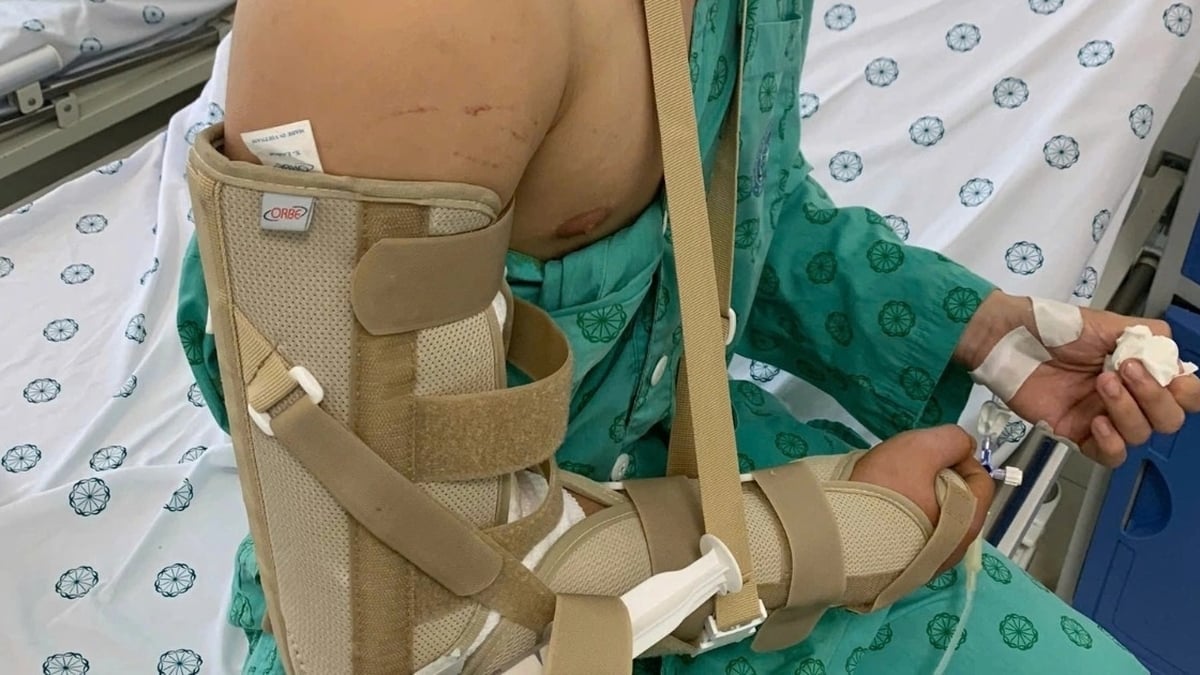


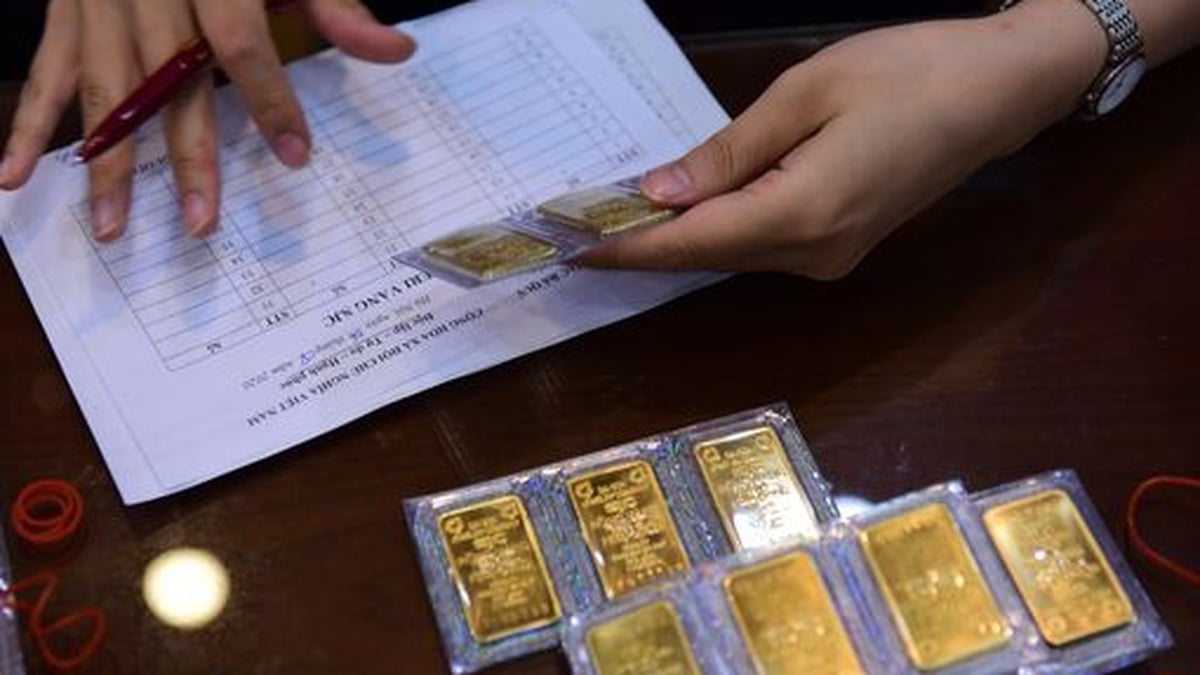













![[Photo] Nghe An: Provincial Road 543D seriously eroded due to floods](https://vphoto.vietnam.vn/thumb/1200x675/vietnam/resource/IMAGE/2025/8/5/5759d3837c26428799f6d929fa274493)
































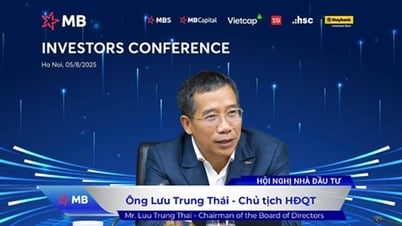


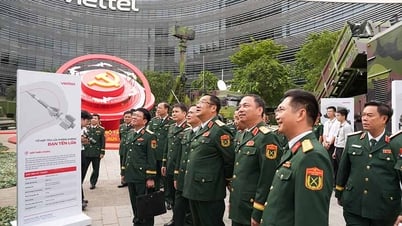
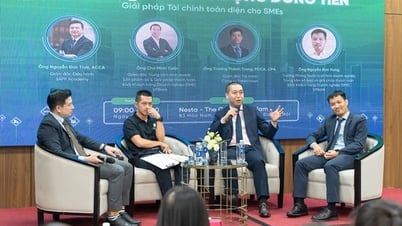
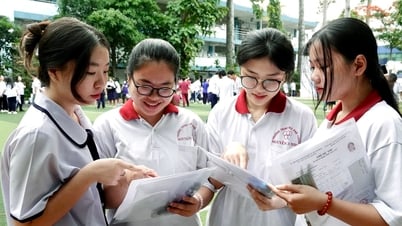
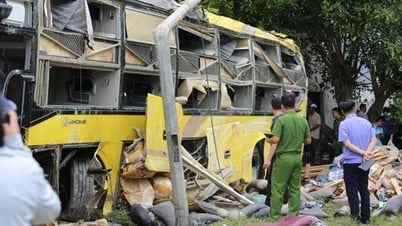




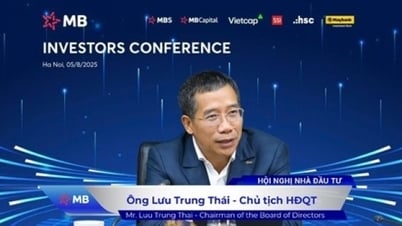
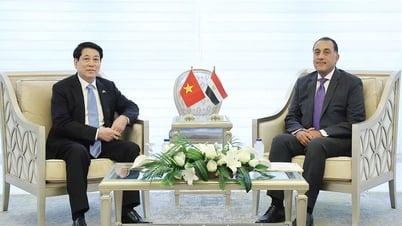







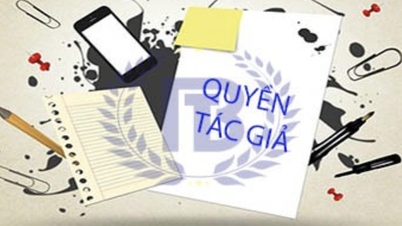












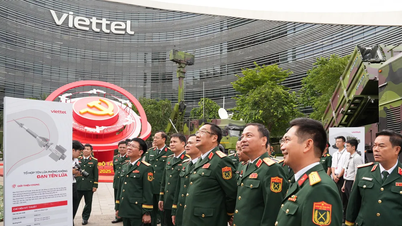









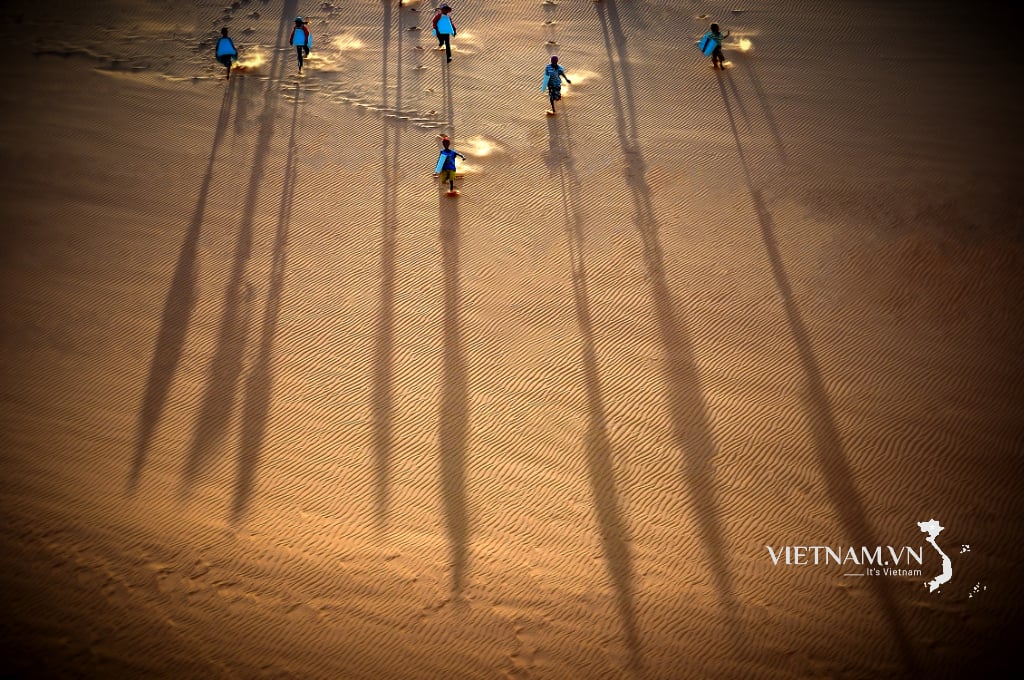
Comment (0)